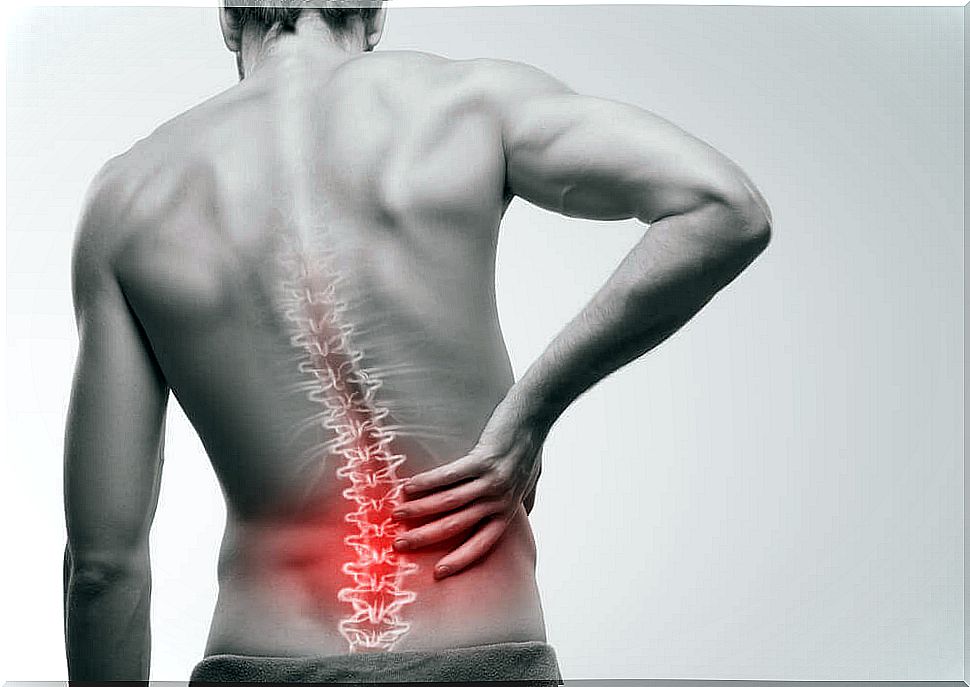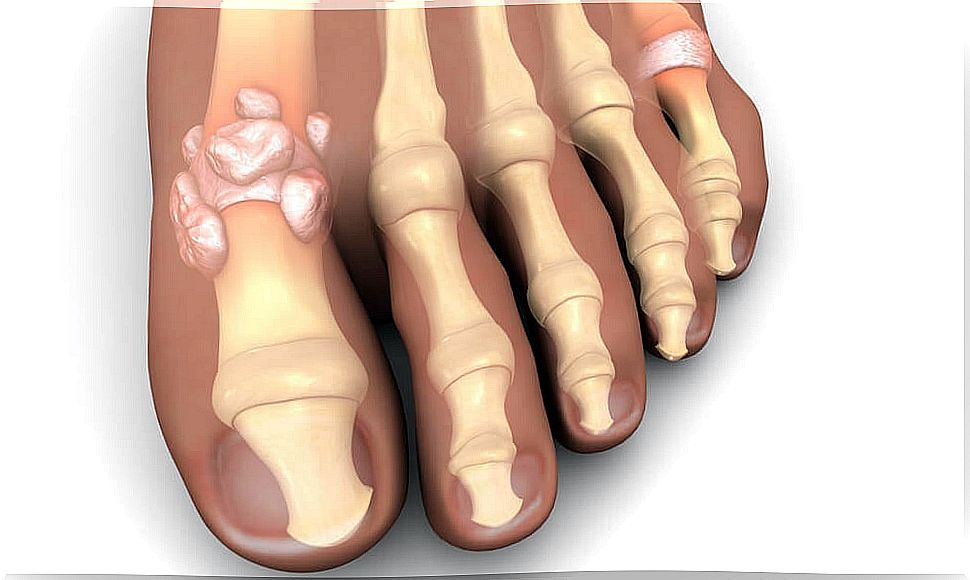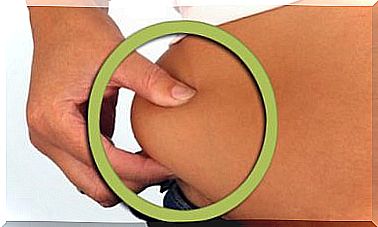Do Your Joints Hurt? These Could Be The Causes!
Joint pain can occur from different causes. Either due to an injury or a specific disorder, such as arthritis or bursitis, for example.
Before we begin to tell you more about what the possible causes of this discomfort may be, we will first review the key concept of all this: what are the joints.
Stanford Children’s Health experts explain that “ joints are the areas where two or more bones meet. Most joints are mobile and allow bones to move. “
What else is there to watch out for?
Pain can occur only when both in motion and at rest. In addition, it can appear localized in the area of discomfort or far from the affected area. An example is the case of sciatica. It should be noted that when it is limited to a single joint, it is called “single-joint pain.”
Although pain and weakness can be experienced in the leg area, the cause is the lumbar spine. It is there where the sciatic nerve is born, which affects, in turn, the mobility of the leg.
Possible causes of joint pain

1. Fibromyalgia
If you have generalized pain with more intense and specific peaks, you should have a review and rule out possible fibromyalgia.
Nor should we rule out other causes of generalized pain, such as those of a metabolic nature. These are related to connective tissue and neuropathic disorders.
2. Inflammation
Monoarticular pain is often accompanied by redness. Likewise, it ends up presenting a limitation of movement caused by the pain itself and the inflammation that accompanies it.
Keep in mind that the most common cause of inflammation in a single joint is trauma. In this sense, we must check if it is accompanied by infection or not.
3. Having gout

If you suffer from gout, the fact that your joints hurt may be a consequence of it.
In the accumulation of uric acid crystals, the pain associated with this ailment is severe and sudden, and can include redness and swelling around the joints.
If it is a problem derived from gout, this pain will present a slow and progressive evolution. Furthermore, it may take weeks, even months, to develop and may not always be accompanied by inflammation.
A visit to the doctor can rule out or diagnose this problem.
4. Arthritis
This time the pain does not appear only in one, but in several joints, especially in the area of the spine, pelvis and hips.
This results in noticeable discomfort in the lower back or hip area, as well as numbness or stiffness in the morning. If this is your case, you may have arthritis.
Also, arthritis can be related to gastrointestinal and skin problems, for example psoriasis. These can be key to end up making a diagnosis of something that, although it may not seem like it, is quite common in people under 40 years of age.
Dr. Alexandra Villa-Forte comments that “the most common causes of arthritis that affect a single joint include infectious arthritis, gout and related disorders, and osteoarthritis.”
5. Tendinitis and bursitis

Other causes of joint pain are tendonitis and bursitis.
- Tendinitis is the inflammation of a tendon, just the area that connects the muscle to the bone in order to move the joint.
- Bursitis is the inflammation of the bursa, a kind of tissue pillows that are found under the tendons, and that prevent friction between the tendon and the bone.
Either one could cause quite a bit of joint pain if you have these inflamed areas.
6. Inflammation
Sometimes small inflammations occur without there being any serious cause behind. This is something that must be taken into account before setting off all the alarms when observing localized pain in certain areas.
If we experience generalized pain with specific points, it is important to consider causes related to the metabolic system, as well as certain connective tissue and neuropathic disorders.
In any case, if the pain persists, it is best to see a doctor. The specialist will be able to provide us with an accurate diagnosis.
Self-medication is not a good option
Dr. Alexandra Villa-Forte explains that ” the most effective way to relieve joint pain is to treat the disorder that is causing it. ” Therefore, it is important to avoid self-medication, home remedies and follow the doctor’s instructions.
What self-medication does is “hide” the symptoms momentarily, it does not solve them. So while over-the-counter medications seem like a good first option, it’s best to wait for your doctor’s orders.









